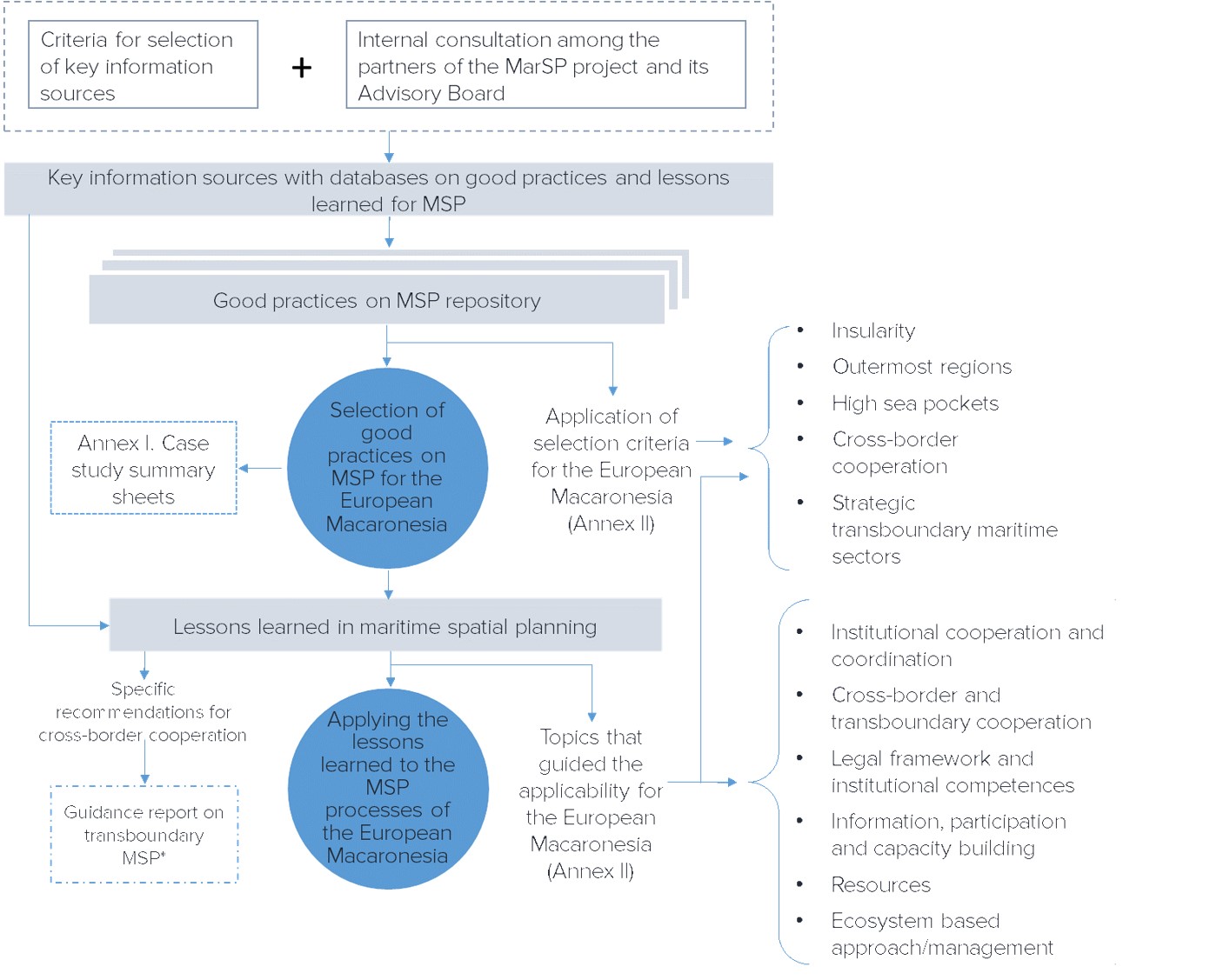Identificando los asuntos transfronterizos clave. Diagnóstico integrado del socioecosistema y del marco de gobernanza y apoyo cartográfico para la ordenación
¿Cómo promover la cooperación transfronteriza entre Estados miembros con diferentes prioridades de planificación, problemas de gestión y marcos de gobernanza distintos?
En este primer paso se realizó un diagnóstico integrado, desde el enfoque de los servicios ecosistémicos, centrado en el análisis de las interrelaciones entre los tres archipiélagos. Este análisis permitió identificar los asuntos de interés común y priorizar los de más fácil resolución como punto de partida para guiar los esfuerzos de cooperación. Además, se estudiaron los distintos marcos de gobernanza, nacionales entre España-Portugal pero también a nivel regional entre Azores-Madeira-Canarias, lo que permitió determinar las principales dificultades y limitaciones asociadas, que suponían un hándicap para la cooperación transfronteriza, al igual que las oportunidades y mecanismos existentes que pudieran facilitarla.
De forma paralela al trabajo técnico, resultó muy útil realizar un proceso participativo para incorporar la información de los actores sociales, económicos e institucionales de los diferentes archipiélagos. Lo anterior fue apoyado por un Atlas cartográfico con más de 200 mapas y su correspondiente visor en línea para visibilizar los distintos asuntos de cooperación, facilitando el resto de dinámicas de trabajo.
